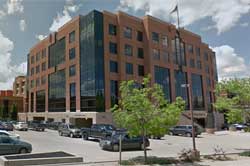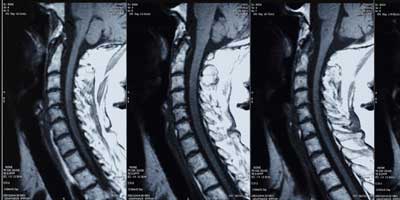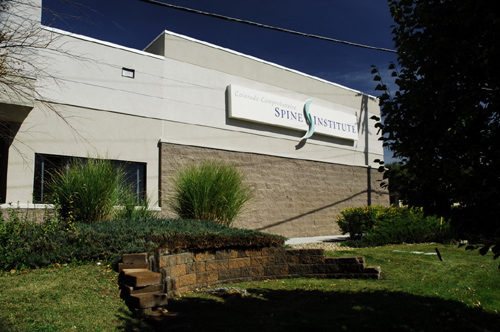Locations

Fax: (303) 762-9292

Understanding Medical Tests: DXA (Dual X-ray Absorptiometry)
A DXA scan, or Dual X-ray Absorptiometry, is a fast and painless test performed to measure bone density - the strength of your bones. Not only can the test diagnose osteoporosis, but is used to detect early stage bone loss (osteopenia). A DXA scan, also called bone densitometry, may be repeated to measure the success of treatment to prevent osteoporosis. Whether you have osteoporosis or low bone mass, your doctor needs to know your T-score so a treatment plan can be implemented to reduce your risk for spinal fracture.
Who may need DXA?
Both men and women are at risk for low bone density and osteoporosis. Below is a short list of who may need to be tested. Of course, your doctor is the final authority.
Women
- Post-menopausal, not taking estrogen
- Thin and/or thin boned
Men and Women
- Family history of osteoporosis
- Smoker
- Corticosteroid use
- Certain anti-seizure drug use
- Have Type 1 diabetes, liver or kidney disease, thyroid/parathyroid disorder
- Previous fracture
- Sustained a fracture with mild trauma
What is a DXA machine?
DXA is the newer technology previously known as DEXA (or dual energy x-ray absorptiometry). DXA and Quantitative CT (Computerized Tomography) are used to measure bone density in the spine and hip. This type of testing is preferred over peripheral or similar machines (pDEXA) that only measure bone density of the finger, wrist, or heel.
Test Preparation
Other than delaying calcium supplementation until after the test, no special preparation is necessary. You can remain fully clothed as long as there is nothing metallic in your clothing from the waist down.
What happens during the test?
You lie flat on a well-padded table. The technician may place a special pillow under your knees or between your ankles during part of the test. Radiation exposure is minimal and the test is over within 10-minutes.
What is a T-score?
Your T-score is determined by comparing your bone density to that of an average young adult. The score is further computed by determining the number of standard deviations of your bone density above or below the standard.









